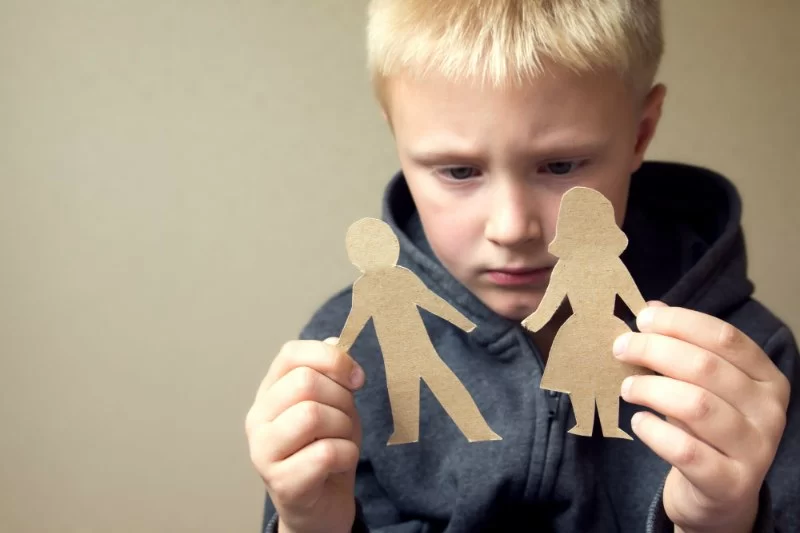
- understanding-the-basics-of-joint-custody
- key-elements-in-a-joint-custody-agreement
- joint-custody-vs-sole-custody-what-are-the-differences
- real-life-insight-how-joint-custody-affects-families
- how-esplawyers-can-help-navigate-child-custody-matters
1. Understanding the Basics of Joint Custody
When a couple with children separates or divorces, one of the most important decisions they face involves the custody arrangement. So, what is a joint custody agreement? In legal terms, it’s a written arrangement in which both parents share the responsibilities and rights of raising their child. This doesn't necessarily mean a 50/50 time split, but it does mean both parents remain actively involved in key decisions such as education, healthcare, and religion.
A joint custody agreement provides a structured framework to maintain balance and ensure the child has continued access to both parents. It promotes co-parenting, stability, and emotional security for the child.
2. Key Elements in a Joint Custody Agreement
2.1. Legal vs Physical Custody
Joint custody is often divided into two components: legal custody and physical custody. Legal custody gives parents the right to make significant decisions for the child. Physical custody refers to where the child lives. A joint arrangement may involve shared physical custody or joint legal custody—or both.
2.2. Parenting Time Schedule
A critical component of any joint custody agreement is the parenting schedule. This calendar defines when the child will spend time with each parent, considering school schedules, holidays, and extracurriculars. The goal is clarity and fairness while minimizing disruption to the child’s life.
2.3. Communication and Conflict Resolution
Effective co-parenting depends on communication. Many agreements include clauses for dispute resolution, outlining how disagreements will be handled without returning to court. This proactive approach benefits everyone involved.
3. Joint Custody vs. Sole Custody: What Are the Differences?
While joint custody involves shared responsibilities, sole custody gives one parent full legal and/or physical custody. The non-custodial parent may have visitation rights but doesn't participate in decision-making. Courts tend to favor joint custody when both parents are fit and willing, recognizing the importance of a child’s relationship with both parents.
However, sole custody may be granted in cases involving abuse, neglect, or if one parent is absent or uncooperative. In most cases, joint custody is seen as a more child-centric and balanced approach.
4. Real-Life Insight: How Joint Custody Affects Families
Consider Melissa and Dan, who divorced after ten years of marriage. Despite the emotional strain, they chose a joint custody agreement to prioritize their daughter’s wellbeing. “We weren’t perfect partners,” Melissa said, “but we’re both committed to being great parents.”
Their parenting plan includes alternating weeks and shared holidays. Over time, the child adjusted well, benefitting from consistent routines and positive interaction with both parents. Their case shows how mutual respect and legal clarity can support a child’s development, even through family transition.
5. How ESPLawyers Can Help Navigate Child Custody Matters
Every family is unique, and so is every custody case. That’s where ESPLawyers can help. Their experienced legal team provides personalized guidance through every step of the custody process—from drafting fair joint custody agreements to representing your interests in court if needed.
With a deep understanding of family law and a compassionate approach, ESPLawyers ensures that your child’s best interests remain the focus while protecting your parental rights. If you're navigating the emotional and legal complexity of custody, reach out to them for a consult that can lead to clarity and peace of mind.








